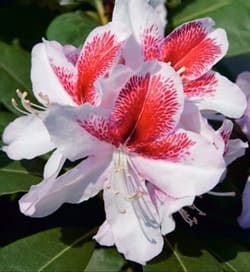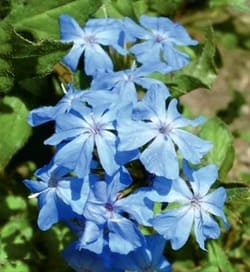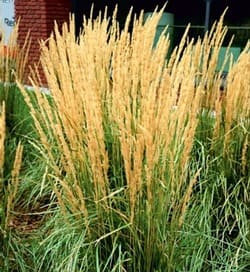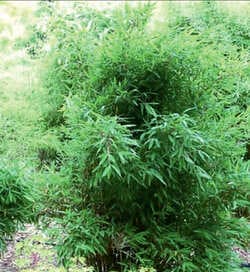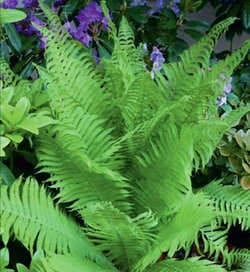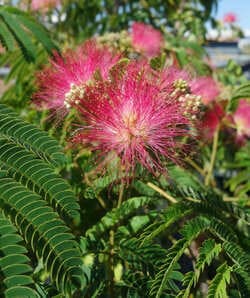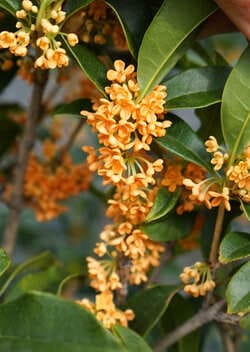Hydrangea quercifolia 'RUBY SLIPPERS' oak-leaved (oakleaf) hydrangea


Hydrangea
Oakleaf hydrangea is a sought-after flowering plant because it offers many beautiful features at once: unusually shaped leaves, abundant flowering, and attractive autumn leaf colouration. It is native to the southeastern part of the USA and was first described by the American botanist William Bartram (1739-1823) during his botanical exploration, which he conducted between 1773 and 1777 in the area of present-day Georgia. Despite being a very warm location, this hydrangea has demonstrated the ability to survive frosts far further north, down to -30 °C, and some varieties can cope with even harder frost. Its undying popularity is reflected in the new varieties that are still being bred today.
Ruby Slippers is an American variety of Oakleaf hydrangea from McMinnville in Oregon. It is a cross between varieties Pee Wee and Snow Queen from 1998, introduced by U.S. National Arboretum in 2010.
It produces very attractive, deeply lobed foliage with conspicuous tips. Leaves are deciduous, leathery, rich green in spring and summer, and turn rich carmine red and striking wine red in late summer. That’s why it was named Ruby Slippers, just like those Dorothy wore in The Land of Oz. These eye-catching leaves are held well throughout almost the entire autumn season, falling off very late – among the last deciduous shrubs.
The inflorescence is quite large – 22-25 cm, held upright on compact shrubs. The ratio of sterile and fertile flowers is about 50:50. Sterile flowers are creamy white in early summer, and change to pink in midsummer, and rich purple red in late August or early September without fading.
The shrub is compact and bushy, wider than tall, and its older branches reveal exfoliating, cinnamon-orange bark. Pruning is not necessary, however, if you need to prune or shape the plant do so immediately after flowering because it flowers on previous year’s wood.
Native habitat of oakleaf hydrangea ranges from moist meadows to partly waterlogged streambanks where the soil has enough nutrients. Provide similar conditions for it in your garden as well. It tolerates heavy soils well; it just may take a while to establish there. It will be happiest in partial shade, but in permanently moist soil, it will thrive even in full sun. Appropriate fertilization will enhance its beauty, but excessive feeding will result in rapid growth and weak branches. Under good conditions, the plant may produce suckers, but it is very easy to keep in place by their removal which can yield new seedlings for planting elsewhere or serve as a gift to your green-fingered friend. Fully hardy to at least -29 °C (USDA zone 5).
Last update: 12-11-2018; 28-01-2025












